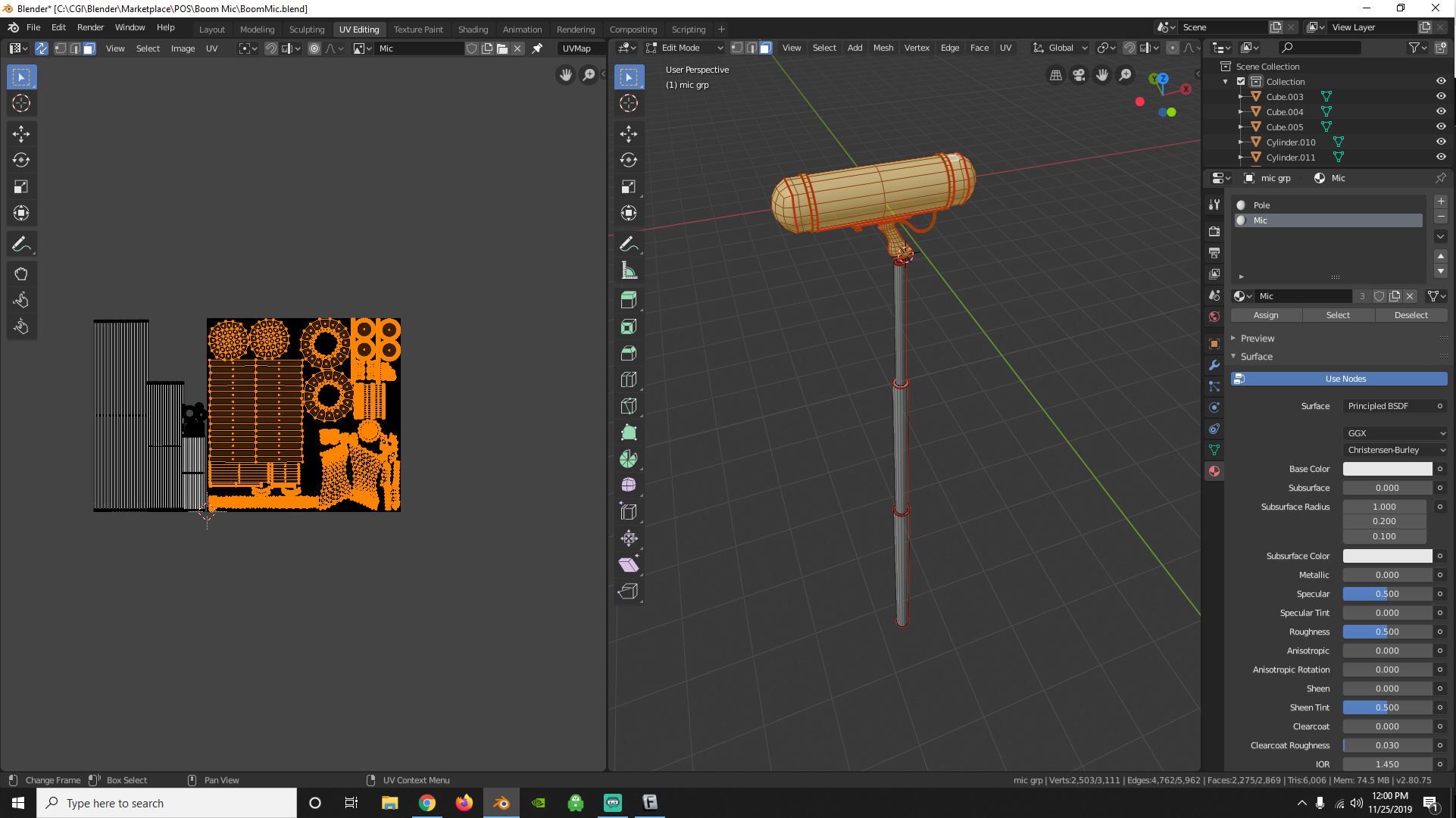
So instead of unwrapping everything at once every time, divide your model and unwrap different pieces by themselves. Different algorithms that we find in the unwrap menu are good for different geometry. The unwrap algorithms in blender will only unwrap the currently selected faces in edit mode. You press A, then you press U and choose to unwrap in edit mode. Unwrap one piece at a timeįor beginners it is common to start your UV wrapping career by always UV unwrapping your complete model. When there is no background texture shown in the UV editor, it will show up gray grid area. It will also move your UV islands so that they do not overlap inside the 1001 space.īy the way, the 1001 space is the space that is taken up by the texture.

The pack island's operator will do its best to pack all your UV islands into the texture space so that it won't repeat, which is the case when UV islands are placed outside the 1001 space. The average island scale operator will change the size of all UV islands in your UV map so that they have the same scale as in the 3D viewport and your 3D model. Here you will find these operators halfway down the menu. When you have an object selected and you are in edit mode, you will have the UV menu in the header to the UV editor. We can find the average island scale and pack islands operators in the UV editor.

Use average island scale and pack islands If you happen to not get a generated UV map, you can open the operator panel in the lower left corner of the 3D viewport and check generate UVs. We may not have to unwrap these simpler shapes at all, but we can rely on the generated UV map. We can use this to our advantage if we are working with simple objects.

Primitives include a UV map by defaultĪll primitive 3D models in a blender that we can add through the add menu have a UV map generated by default. Those are some of the basic questions we may have to answer before committing to a UV map. Is the 3D model we're working on going to be a hero asset that will require its own texture map, or can we unwrap it over a trim sheet or repeating seamless texture?ĭo we have a memory budget for our project that limits us to how large textures we can have and do we take that into consideration when creating our UV Maps. Do we need an even resolution distribution, or do we prioritize and give distinct part of our texture space more area than others?

The most basic considerations we must make are if our UV map can overlap or not and that Texel density. Are we going to use it for baking? Or are we going to use it in a shader? Perhaps we're going to export it to an external software that has specific requirements. We need to know what we're going to use our UV map for. The first step is to plan your unwrapping.


 0 kommentar(er)
0 kommentar(er)
